Disney and more readers knows well Hani El Masri thanks to the two previous articles i did about his work as a WDI Imagineer on the first Toon Town concept as well as on Blizzard Beach and Tokyo Disney Sea.
Hani left Walt Disney Imagineering some years ago and is now living in Cairo, but we will have a look today to his latest - and incredible - creation and how an Imagineer change his medium. First i have to tell you that Hani when he still was at WDI was lead designer on Arabian Coast for the Tokyo Disney Sea project. What is less known is that Hani designed an incredible concept for the Sindbad attraction and i will probably do an article one day about this "Sindbad attraction that never was". Unfortunately WDI choose another concept, closer to an occidental/hollywoodian vision of the legend of Sindbad, and soon after that Hani left WDI.
But the famous tales of 1001 Nights has always been one of Hani's favorite and since then Hani wanted to give a grand tribute to one of the most famous collection of stories in the world. In January of 2009 the idea - and the project - took shape when Hani began to design what will be a huge Egyptian tapestry, a work of art.
Inspired by Classical Folk Tales the Thousand and One Nights and executed in the traditional blind stitch patchwork technique of Egypt called Kheyameya, this one of a kind unique tapestry was finished recently and is now available for purchase. The piece stands an impressive 5 meters tall by 8 meters wide (16.5 feet x 26.2 feet), weighs 45 Kilograms, and was composed with a staggering 102 unique colors.
The scene of the tapestry is dedicated to the opening story of the Thousand and One Nights, The story of the stories, and the circumstances that led Scheherazade to tell the king her nightly tales, not just to save her neck, as it is thought, but also to cure him from his blinding jealousy.
And how do you create such an impressive and huge tapestry, you ask? Well, like anything in art it all starts with an idea, a sketch, a line drawing and then a full color painting. Here is below the "line" only version...
...and the final painting with colours. The pictures are in high-res and i strongly recommand to double-click on the pictures to explore this fantastic scene in details.
Then the Kheyameya workers began to create the patchwork. By the way, the word Kheyameya has its origins in the Arab word for 'tent' (Khaymah), you are probably familiar with it from the name of the famous twelfth century Persian poet and scientist Omar Khayyam, since his family made tents in Nichapour, Persia.
In the wider Middle East, the craft consisted not only in the fabrication of large tents, but also decorating the inside walls with traditional patterns since the main use of these tents was to host large family gatherings and social events like weddings,
religious celebrations and funerals.
Today, across the Middle East this craft is disappeared due to changes in our modern lifestyle. Fortunately Kheyameya has survived in Egypt, as an entire section of medieval Cairo has morphed into another tradition of home furnishings. From wall hangings to bedspreads, tablecloths and pillowcases, the colorful pieces artistically and painstakingly hand stitched with traditional geometric patterns, ancient symbols or skillful combinations of both, are everywhere in Egyptian homes and have become some of the best tourist souvenirs you can buy in Cairo bazaars.
The work itself begin with a line drawing. The line work then enlarged to the right size on blueprint paper and the lines are patiently perforated to create a stencil.
The stencil is in turn transferred to the base canvas using a simple dusting technique and the little dots are clear enough to be the guide for redrawing the patterns onto the fabric.
Next, every shape is assigned a different color and neatly covered with a colored piece of fabric, usually a cotton twill, linen, silk or muslin, which is blind stitched to the background canvas in a thread of the same color as the swatch.
By the time the tedious work is finished, the result is delightful, lively and extremely durable
The result of the finished tapestry is spectacular as you can see on the picture at the top and on these close shots showing details of the tapestry.
The work lasted nine months and on the next picture Hani arrive at the work-shop and is amazed by the magnificent work.
On this last picture, Hani El Masri stands near the now finished tapestry.
As i've said this is a one-of-a-kind piece of art and the tapestry is now on sale for a price of $150.000. No need to say that the buyer better have a huge room in his house but the tapestry could be perfect in the huge lobby of a luxury hotel or - why not - inside a theme park decor!
You can see more pictures on Hani's web site HERE and anyone interested by this beautiful Egyptian tapestry will find on the site a link to contact Hani.
All pictures: copyright Hani D. el Masri










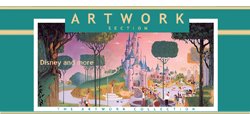




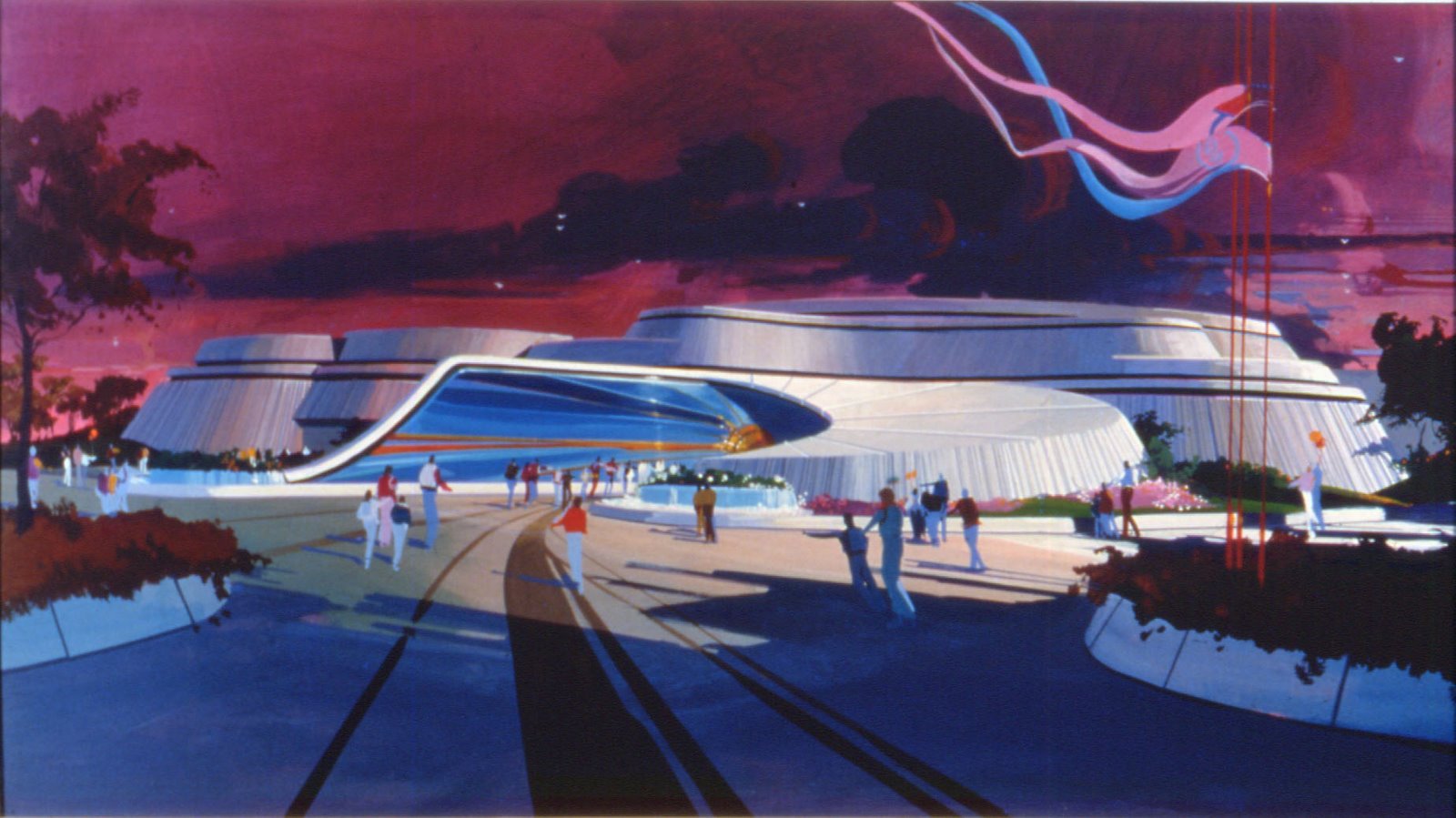







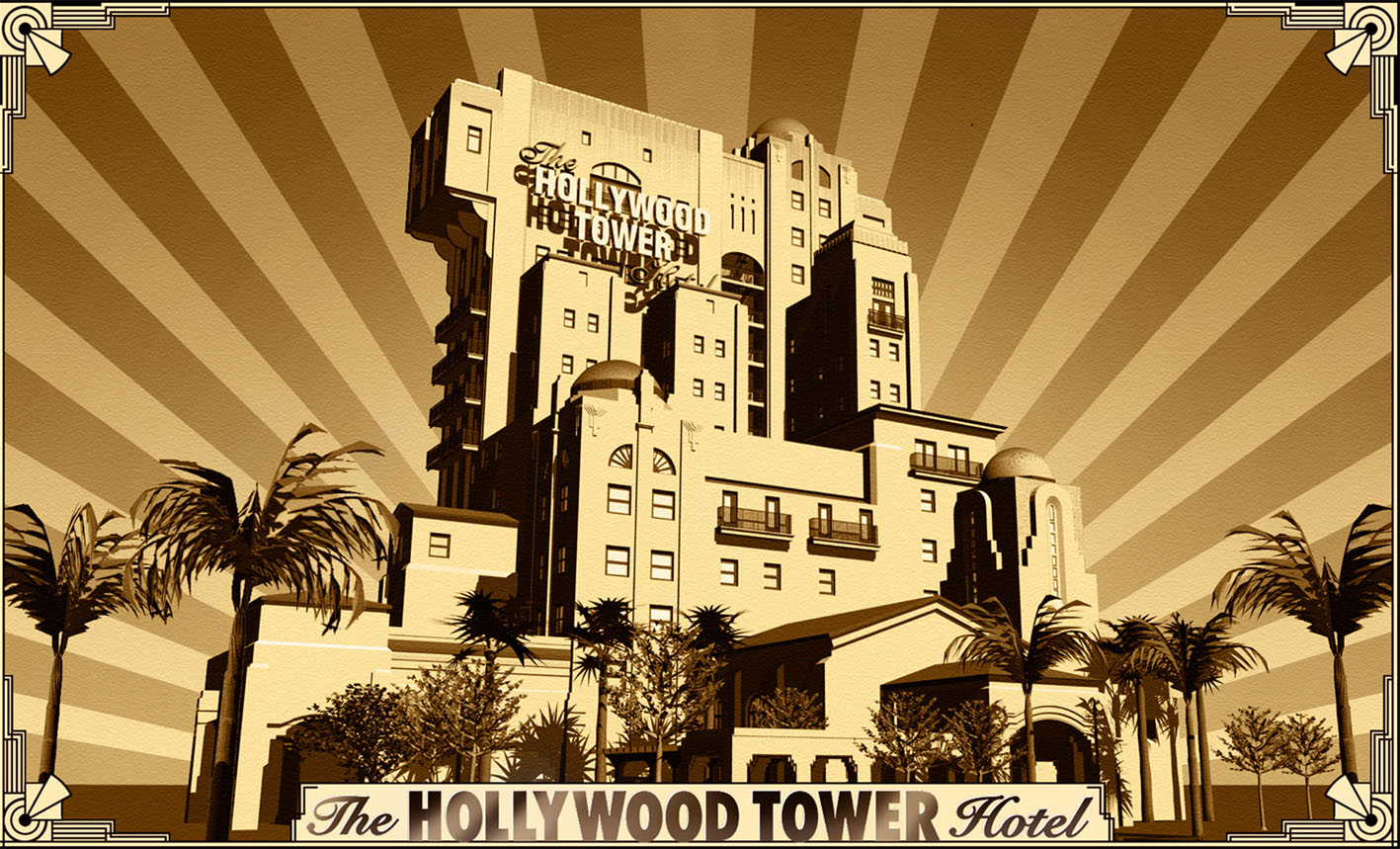



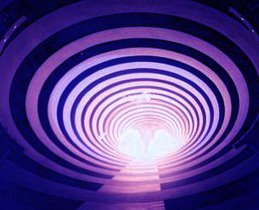
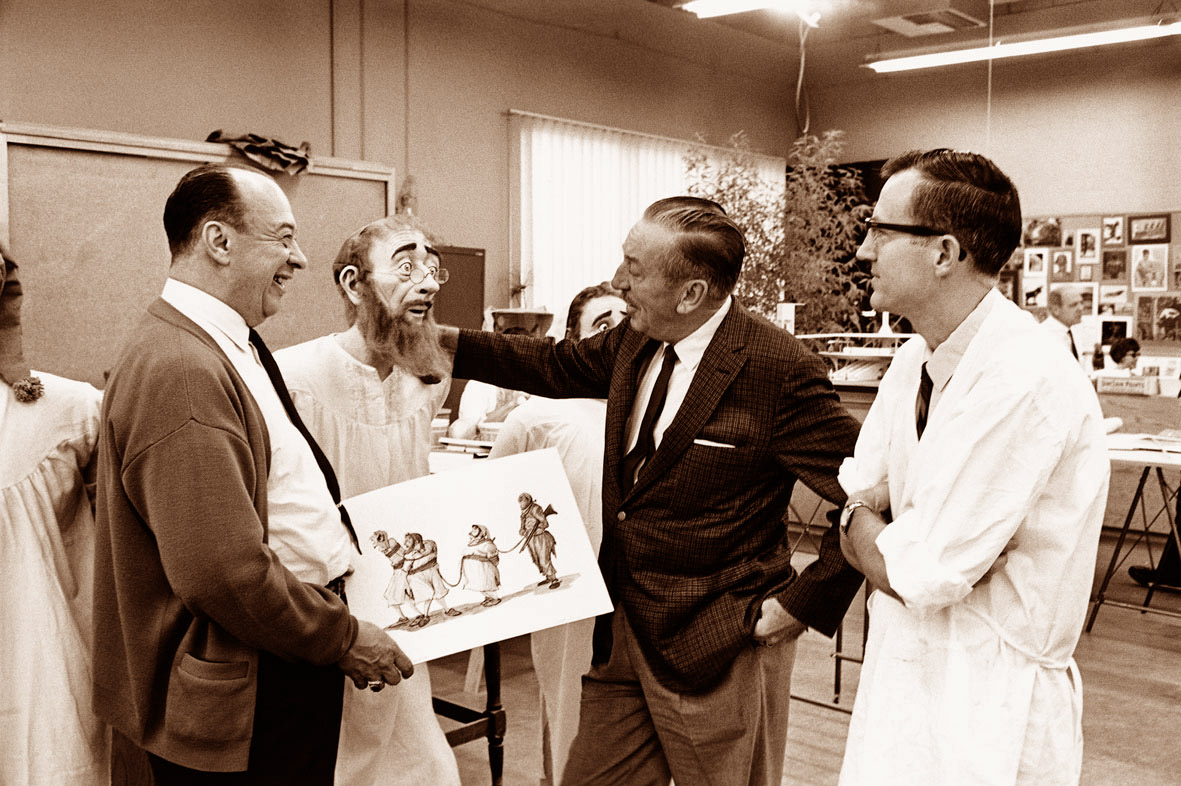


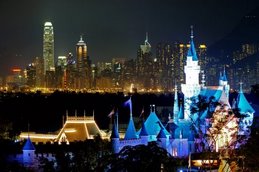











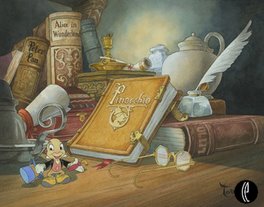
6 comments:
I think you mean TDS's Arabian Coast, not WDS. And wasn't Larry Nikolai Lead Designer (or Art Director) of Arabian Coast? Hani el Masri may have been one of the lead designer, but in the final hierarchy, he wasn't "the" lead designer.
A good insight on how History gets rewritten ! I was THE lead designer on the Arabian coast up until April 23, 1995 when I had to take a long vacation to see my ailing father in Egypt. By the time I came back to WDI, 4 weeks later, all the work I had done since the previous December 1994 (work that will soon be visited on 'Disney and More') had been reshuffled to reflect an attitude so insulting to my culture, and so blatantly insensitive, to put it mildly (by Larry Nikolai and Chris Crump) I could not continue working on the project. I resigned from Imagineering and by November I was working with DreamWorks on 'Prince of Egypt'. That's when Larry took over and was promoted Art Director. As Marty Sklar used to say : "It's not who you know... It's who you 'YES' !!
I apologize Mr. El-Masri, if I brought up some old political mess. I was merely asking for clarification from Alain. I don't doubt that similar things often happen, where one Imagineer gets credit over and over for the work of many of those under him, or indirectly for the work of previous Imagineers. I don't mean to discredit your work, as everything I've seen of it has been amazing. But as you say, the Arabian Coast that was ultimately produced was no longer your own, so I find Alain's listing you as Lead Designer inaccurate. Lead designer of an earlier incarnation would be more accurate it sounds like.
I would love to hear your specific complaints though about the final Arabian Coast. I understand that you find it insulting- I assume this is generally because it depicts a stereotyped western view of "Arabia". While I love how ultra accurate Disney can reproduce certain locales and cultures (Epcot), I'm sure the decision to make Arabian Coast more fictional was a deliberate one. Perhaps we could see or hear some of your ideas for the first version?
No offense taken, you actually gave me a rare chance to talk about this 'ancient' history... Needless to say, I'm not a writer. So I'll let my artwork talk for itself, when it will be posted right here on 'Disney and More' hopefully sooner than later. But let's just say that most of the vernacular featured in today's 'Arabian Coast' is of my designs, except it has been reshuffled and tweaked to reflect a completely different look, based on stereotypes and total lack of cultural literacy. An unfortunate continuation of the attitude started in the 'Aladdin' animation feature where all the characters are either thugs or thieves ("... Where they cut your nose if they don't like your face, It's barbaric, but hey! It's home!"). Do you really think a civilization that had so many innovations in so many disciplines can be entirely made of rogues and rubes? And of course I was never going to stand idle watching my own designs being used to insult my culture, or just lower my gaze to enjoy a cosy job. And, of course, whomever took over after my departure had no interest in crediting me with work that was there for the taking, admitting by the same way their ignorance and plagiary.
By the way, the accuracy of EPCOT's World Showcase is due to the policy (in those days) of letting designers and craftsmen from each country work hand in hand with Imagineers to produce the best their culture can offer. Obviously this doesn't happen anymore.
I don't need an Austrian/German accent when I say to you : "I'll be back!"
The Marty quote is very reflective of current climate and that going back to 1994 with the death of Frank Wells.
I'm glad that I've found this disneyandmore.blogspot.com site. What a cool blog! I like how detailed each of the entries are. They are well balanced - fun and informatory - and the pictures are cool too.
Post a Comment